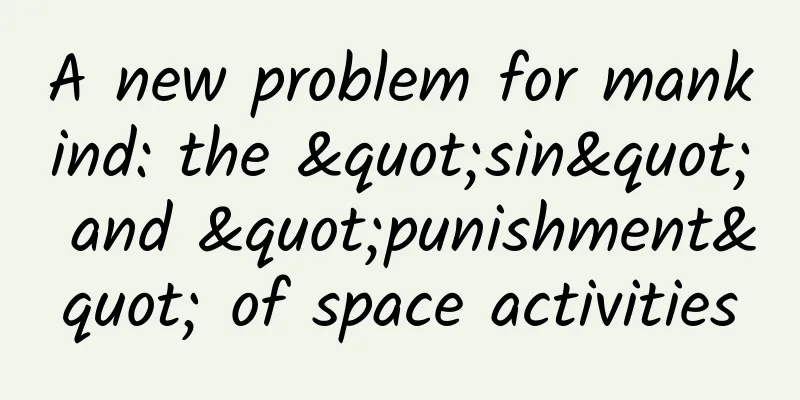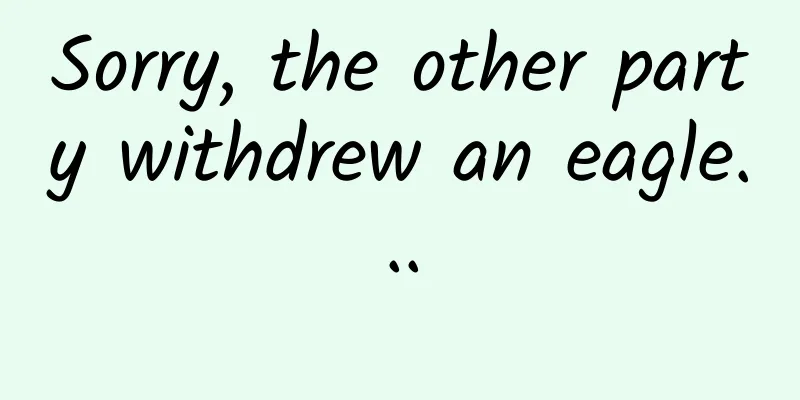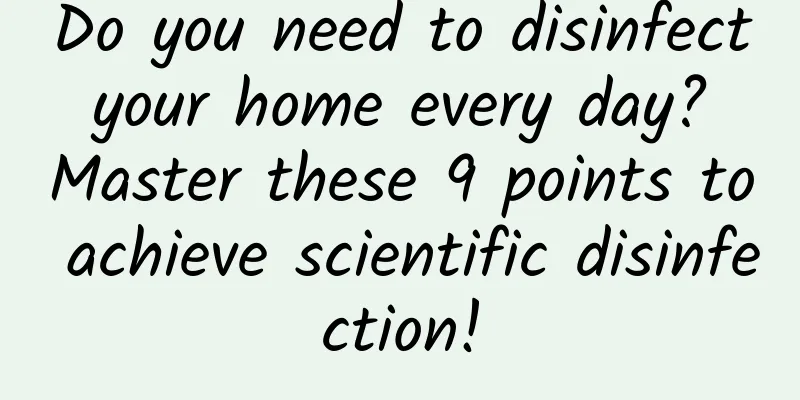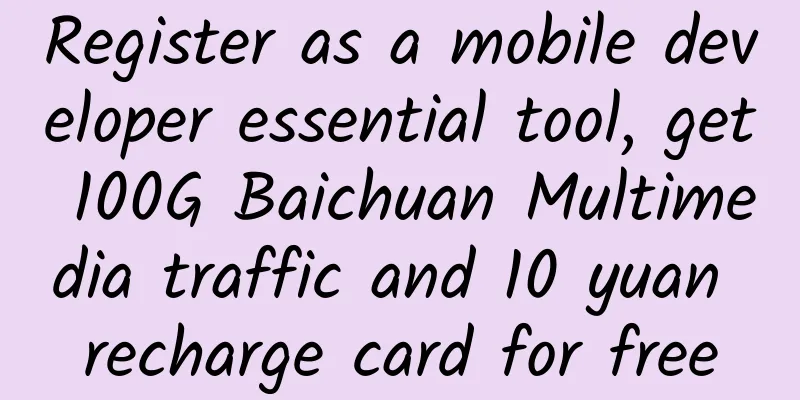Drinking juice = eating fruit? Drinking lactic acid beverage = drinking yogurt? The difference is not a little bit!
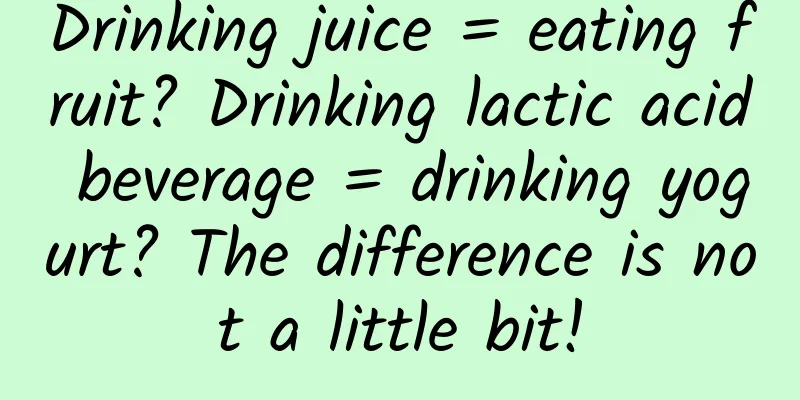
|
"Drinking juice is equivalent to eating fruit", "Eating fruit and vegetable crisps is equivalent to eating vegetables", "Eating sucrose-free foods is equivalent to eating sugar-free foods"... Have you often heard such statements? So, are fruit and vegetable crisps really equivalent to vegetables, and juice equivalent to fruit? This article sorts out 5 groups of similar foods, let's take a look at the differences between them! 01 Myth: Drinking juice = eating fruit Analysis: Fruit juice is considered a healthy drink by many people, at least better than fruit juice drinks. Some even think that drinking juice is the same as eating fruit. In fact, the two are not the same. Firstly, the nutritional value of fruit will be slightly reduced after being squeezed into juice. For example, the vitamin C content that everyone is concerned about. The vitamin C retention rate of kiwi fruit after juicing is 88%, [1] the vitamin C retention rate of strawberry after juicing is 71.11%, [2] and the vitamin C retention rate of orange after juicing is 67.24%. [3] If the residue is discarded after juicing, there will be further loss of dietary fiber. Secondly, the sugar in the juice is free sugar. The sugar in fresh fruits originally exists in the cells, which is called "endogenous sugar". After the juice is squeezed, the cell wall is destroyed and the sugar is free outside the cell, which becomes free sugar. Free sugar has a greater impact on blood sugar and is more likely to increase blood sugar. Besides, juice is easy to drink and does not make you feel full. You can gulp down two large cups in one go. For example, it is difficult to finish eating two large apples directly, but it is easy to drink juice squeezed from two large apples. Regularly drinking fruit juice instead of eating fruit will cause blood sugar to rise quickly and calorie intake to be high, which is not conducive to sugar and weight control, and will also increase the risk of tooth decay. Studies have shown that eating whole fruits, especially blueberries, grapes, and apples, can reduce the risk of type 2 diabetes, while drinking a lot of fruit juice can increase the risk of type 2 diabetes. [4] So, don’t equate drinking juice with eating fruit. In terms of healthiness: whole fruit > fruit puree > juice. Image source: Copyright Library 02 Myth: Eating Fruit and Vegetable Crisps = Eating Vegetables Analysis: Busy life makes many people rush through their three meals a day, especially the phenomenon of insufficient intake of vegetables is very common. In response to this situation, fruit and vegetable crisps have gradually entered the public's field of vision and have also won the favor of many office workers. People think that eating fruit and vegetable crisps is equivalent to supplementing vegetables. After all, the ingredients are all fruits and vegetables, so they should be healthy foods. But the fact is not so. Some fruit and vegetable crisps not only lose a lot of nutrients, but also have alarmingly high fat and calories, which is not healthy at all. There are two common processes for making fruit and vegetable crisps on the market: one is low-temperature vacuum frying , and the other is freeze-drying. The former is the most commonly bought and is cheaper than the latter. The frying process not only loses most of the water-soluble vitamins, but also contains a lot of fat and calories. Eating it often will make people become "rounder". If you use this kind of fruit and vegetable crisps instead of vegetables, it will also increase the risk of malnutrition. Freeze-dried fruits and vegetables are better than the former. No oil is used in the processing, the calories and fat are very low, and the nutrients such as vitamins and minerals can be retained to the greatest extent. Although it seems very healthy, it is still not as good as eating fresh vegetables. Similarly, eating dried fruits is not the same as eating fruits. When it comes to eating vegetables, try to eat 300 to 500 grams of fresh vegetables every day, more than half of which should be dark vegetables. Image source: Copyright Library 03 Rumor: Drinking lactic acid bacteria drinks = drinking yogurt Analysis: Many parents often buy lactic acid bacteria drinks for their children, thinking that they are similar to drinking yogurt, after all, they both contain lactic acid bacteria. In fact, the two are not the same, and the difference is quite large. Although both contain fermented bacteria, yogurt has a higher protein content requirement: the protein content of fermented milk and flavored fermented milk must reach ≥2.9 g/100 g and ≥2.3 g/100 g, respectively.[5] However, the protein content of lactic acid bacteria beverages and lactic acid bacteria milk beverages only needs to reach 0.7 g/100 ml and 1.0 g/100 ml, respectively.[6] In addition, the calcium content of yogurt is generally higher than that of lactic acid bacteria drinks. Image source: A certain brand of yogurt Image source: A certain brand of lactic acid bacteria beverage 04 Myth: Eating Japanese tofu = eating tofu Analysis: Japanese tofu is also called tamagoyaki tofu. Although the name contains "tofu", it is not real tofu! The tofu we usually talk about is made from soybeans as the main raw material. Although Japanese tofu tastes smooth and similar to rennet tofu, soybeans are not included in the ingredients. The main raw materials are water and eggs. Some products are also labeled "egg tofu". Image source: A certain brand of Japanese tofu In addition to the difference in raw materials, Japanese tofu is also inferior to tofu in terms of nutritional content. For example, the protein content of rennet tofu, which has a similarly smooth texture, is 5 grams per 100 grams, and the sodium content is only 6.4 milligrams per 100 grams. [7] The protein content of Japanese tofu is mostly less than 4 grams per 100 grams, and the sodium content is not low, almost all of which are greater than 100 milligrams per 100 grams, and some even reach 611 milligrams per 100 grams. This means that eating 100 grams will result in the intake of about 1.5 grams of salt, and the daily salt intake can easily exceed the recommended salt intake of less than 5 grams in the Dietary Guidelines for Chinese Residents. Eating too much salt increases the risk of high blood pressure. Image source: A certain brand of Japanese tofu In addition, real tofu, such as northern tofu and southern tofu, etc., in addition to supplementing protein for the human body, is also a good helper for calcium supplementation, while the calcium content of Japanese tofu is not high. Therefore, don’t eat Japanese tofu as tofu. If you like to eat it, you must pay attention to controlling the salt intake. 05 Myth: Eating sugar-free foods = eating sugar-free foods Analysis: What diabetics care most about when buying food is whether it contains sugar or not. Now many food packages on the market have "no sucrose" written on them to attract the attention of diabetics and increase sales. It is important to remind you that you must keep your eyes open and carefully identify before buying. Some foods are just sucrose-free foods, not sugar-free foods. China's "General Rules for Nutrition Labeling of Prepackaged Foods" stipulates that a product can be declared sugar-free only if its sugar content is ≤0.5g/100mL or 100g. If sucrose is not listed in the ingredient list, it does not mean that the product is sugar-free. It may also contain added sugars such as maltose, glucose, and fructose, which are not good for blood sugar control. In addition to visible "sugar",** there are some "hidden sugars" that are not called "sugar" in many foods, such as wheat flour, rice flour, starch, maltodextrin, etc.** They contain "starch polysaccharides". Although they have no sweet taste, they will quickly increase blood sugar after entering the human body. Therefore, when purchasing pre-packaged foods, diabetic patients should pay attention to the ingredient list. If the "sugars" or "hidden sugars" listed above are in the first few places of the ingredient list, they should choose carefully and not mistake "sugar-free foods" for "sugar-free foods." in conclusion The nutritional value of fruit juice is slightly lower than that of fruit, and it can also cause blood sugar to rise quickly and cause high calorie intake; some crisp fruits and vegetables not only lose a lot of nutrients, but also have surprisingly high fat and calories, so they are not as good as eating fresh vegetables; the protein and calcium content in lactic acid bacteria milk drinks are much lower than that in yogurt; the main ingredients of Japanese tofu are water and eggs, it is not real tofu, its nutritional value is not as good as tofu, and the sodium content is high; some sugar-free foods have added sugar or "hidden sugar", which is not friendly to blood sugar control. References: [1] PAN Linna. Changes of vitamin C in French kiwifruit juice processing[J]. Food Industry Science and Technology, 1993(5). [2] Lu Daoli, Li Guowen, Chen Shulai, et al. Study on the stability of vitamin C in strawberry juice during processing and storage [J]. Food Research and Development, 2004, 25(006):121-123. [3] Zhang Zhiping, Pan Zhaoguang. Analysis of vitamin C loss rate in freshly squeezed juice[J]. Guangdong Chemical Industry, 2017(17). [4]Muraki I, Imamura F, Manson JE, Hu FB, Willett WC, van Dam RM, Sun Q. Fruit consumption and risk of type 2 diabetes: results from three prospective longitudinal cohort studies. BMJ. 2013 Aug 28;347:f5001. doi: 10.1136/bmj.f5001. Erratum in: BMJ. 2013;347:f6935. PMID: 23990623; PMCID: PMC3978819. [5] GB 19302-2010 National Food Safety Standard Fermented Milk [6]T/LYFIA 004-2019 Lactic acid bacteria beverage [7] Yang Yuexin. Chinese Food Composition Table 6th Edition Volume 1[M]. Peking University Medical Press, 2018 Author: Xue Qingxin, registered nutritionist Review|Chen Ran Associate Research Librarian (Science Communication)/Senior Engineer, COFCO Nutrition and Health Research Institute The article is produced by "Science Refutes Facts" (ID: Science_Facts). Please indicate the source when reprinting. The pictures in this article are from the copyright gallery and are not authorized for reproduction. |
<<: Shandong, “half of it is on the sea”!
Recommend
New Year marketing going to extremes? Pepsi's brainstorm is amazing
Why can a brand IP that has been operating for 8 ...
Sharp under Foxconn’s thinking: the father of LCD or the king of low prices?
Since Foxconn took over Sharp in August last year...
Do you prefer strong or weak cooling when taking the subway?
Against the backdrop of rapid development of mode...
Mixing products and services has become the focus of transformation of the domestic color TV industry
From the second half of last year to the first ha...
How to write heartfelt copy? 3 essential elements!
Copywriting is not a simple description of the pr...
How many steps are there in the "wandering moon" plan? Yutu wrapped tightly in a small blanket on the moon...
Yesterday was the Lantern Festival on the 15th da...
APP channel promotion evaluation model: How to bring better quality volume?
The concept of the "second half of the Inter...
Is it better to put food in the refrigerator when it is cold, or to put it in the refrigerator while it is hot? Here is the answer
Expert of this article: Dou Pan, deputy director ...
Japan bets on all-solid-state batteries, 23 companies jointly develop
Japan's New Energy and Industrial Technology ...
AR red envelopes were cracked. What else did Alipay say besides technology upgrade?
Alipay, which has failed several times in the soc...
Answers to bidding promotion problems!
This week I have compiled a few more difficult pr...
Live broadcast, interaction, personal IP, the trend of electric vehicle industry marketing gradually becoming fan circle can be stopped
If you stand in the right place, even a pig can f...
Can art be created on the tip of a knife? Exquisite ivory carving
The original ivory with carved floral patterns is...

